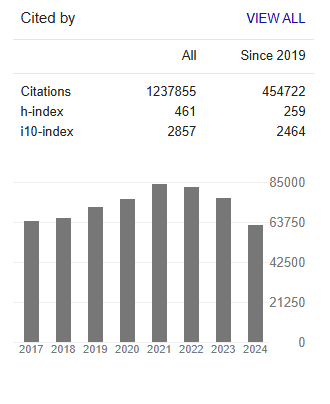Microbial Signaling Networks: Bridging Cellular Communication with Applications in Health, Agriculture, and Biotechnology
Abstract
Abdullah Al Mamun and Salman Khan
Microorganisms utilize intricate chemical signaling mechanisms to communicate both within and across species, influencing a wide range of physiological behaviors and ecological interactions. Among these mechanisms, quorum sensing stands out as a pivotal strategy that bacteria employ to detect population density and coordinate gene expression in a collective manner. These signaling systems are mediated by autoinducers and other secondary metabolites, such as peptides, fatty acids, terpenoids, and alkaloids. These molecules not only facilitate intra- and inter-species communication but also enable inter-kingdom interactions with host organisms, modulating host immune responses, gut health, and even cell fate decisions. Importantly, the understanding and manipulation of these microbial signals have opened new frontiers in biotechnology, particularly in the areas of regenerative medicine, sustainable agriculture, and antimicrobial therapy. This review provides a comprehensive overview of microbial signaling molecules, the evolution of cell-cell communication, the role of the cellular microenvironment, and emerging strategies for engineering functional cellular responses. By elucidating the pathways and applications of microbial signaling, we propose innovative approaches to convert non-functional or damaged cells into functional units, benefiting both human health and environmental sustainability.




